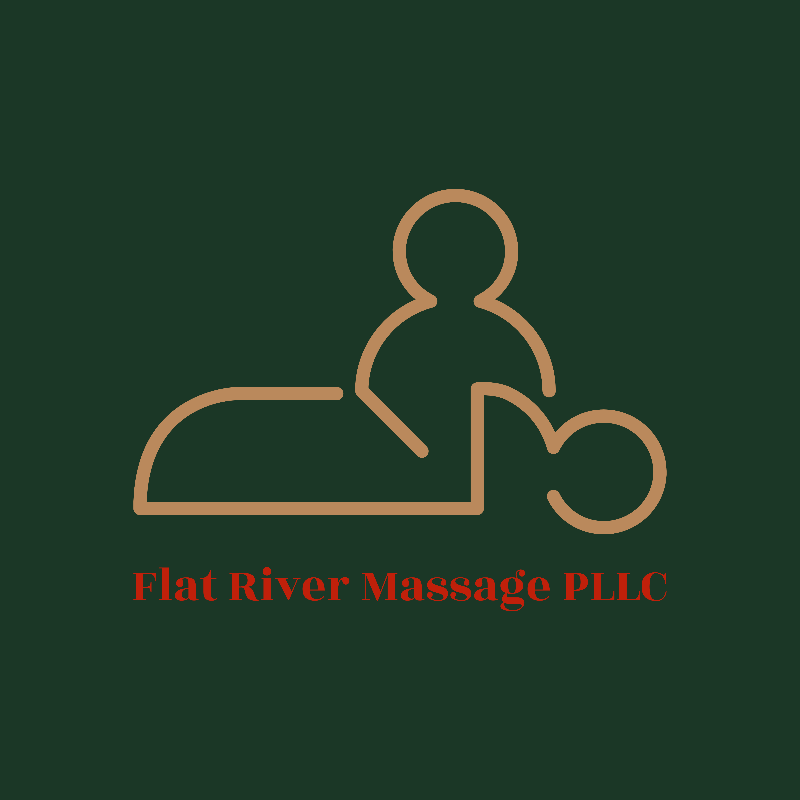Massage Cupping
What is Massage Cupping?
Cupping therapy is an ancient healing technique that some people use to ease pain. A provider places cups on your back, arms, legs or other parts of your body. A vacuum or suction force inside the cup pulls your skin upward.
Cupping therapy is a form of traditional medicine that originated in China and West Asia. People have practiced this method for thousands of years.
Other names for cupping therapy include cupping, cup therapy and suction cup therapy.
Cupping uses suction to draw blood to or away from specific areas of your body. People mostly use cupping to relieve conditions that cause pain. Some people say it also helps with chronic (ongoing) health issues. Cupping may ease symptoms of:
Arthritis, including rheumatoid arthritis.
Back pain, neck pain, knee pain and shoulder pain.
Asthma and other breathing issues.
Carpal tunnel syndrome.
Gastrointestinal (GI) disorders like irritable bowel disease (IBD).
Headaches and migraines.
High blood pressure (hypertension).
There are different ways to do cupping. The steps vary slightly depending on the chosen method. Your provider will leave the cups in place for several minutes. Some treatments involve briefly moving the cups to stretch and massage the area.
Cupping methods include:
Dry: Your provider uses a suction device to remove air from the cups. The vacuum force pulls your skin up into the cup.
Running: This is like dry cupping. But before beginning, your provider will apply lotion or oil to your skin. Once they place the cups, they’ll gently move them in different directions over the affected area of your body.
Depending on the treatment, your provider may place multiple cups on your skin. On average, providers use between three and five cups, though they might use more.
Cupping shouldn’t cause pain, though you may experience some skin tightness during the procedure. After cupping therapy, you may feel bruised and slightly sore, but you shouldn’t have severe discomfort.
What should I expect after cupping?
The suction force from cupping breaks open tiny blood vessels called capillaries under your skin. You’ll have red, round cupping therapy marks that should fade in a week or two. Although these marks will look like bruises, they’re not true bruises that injure muscle fibers.
